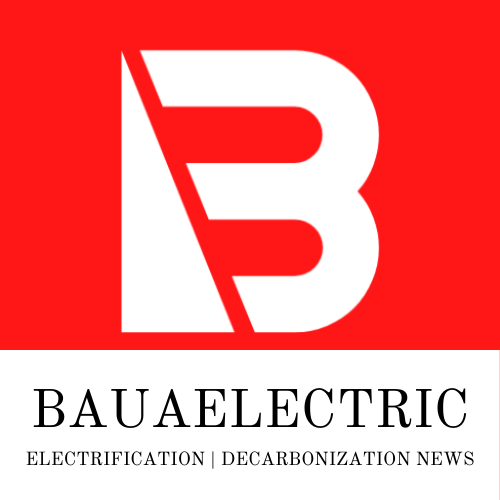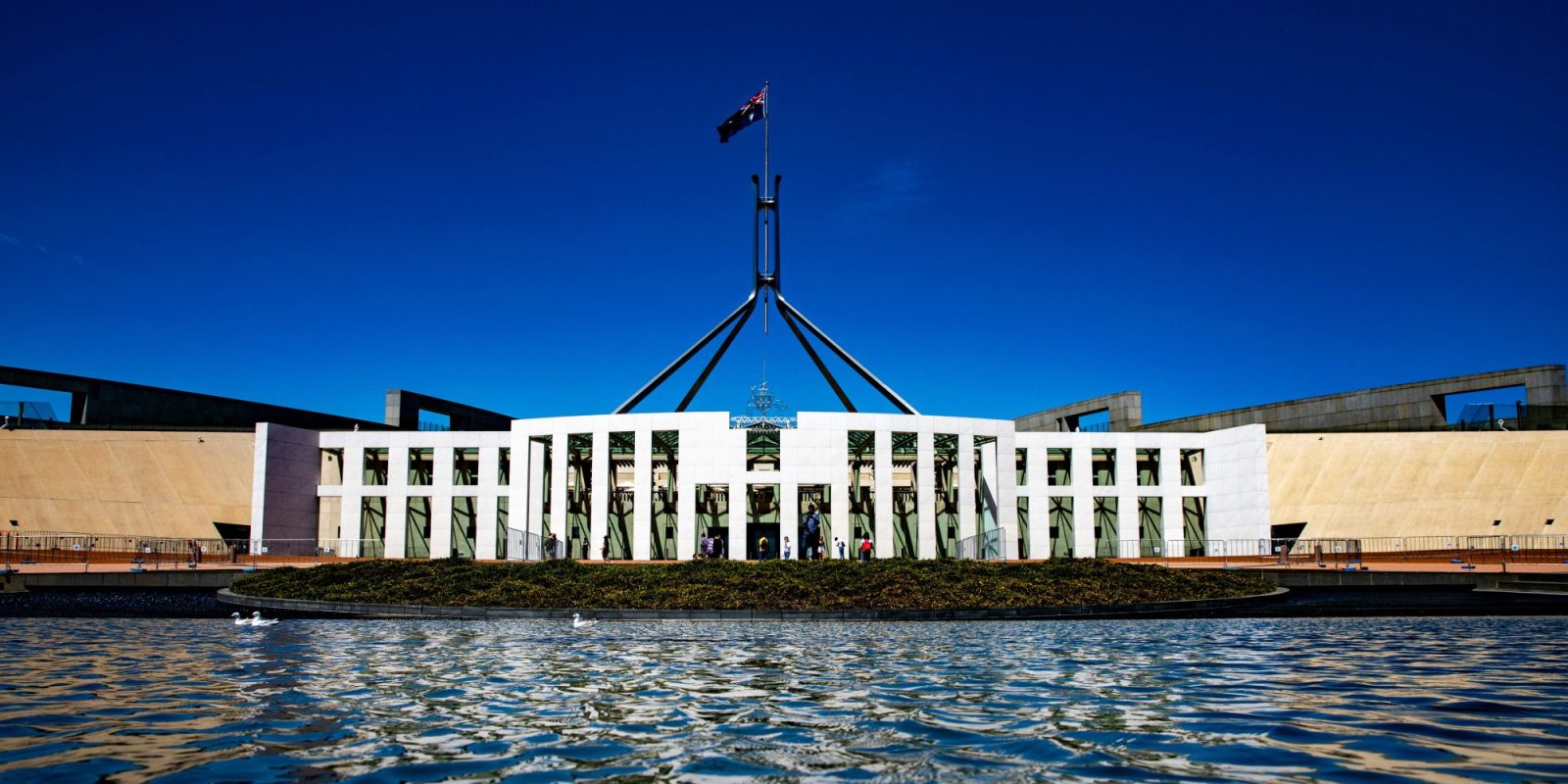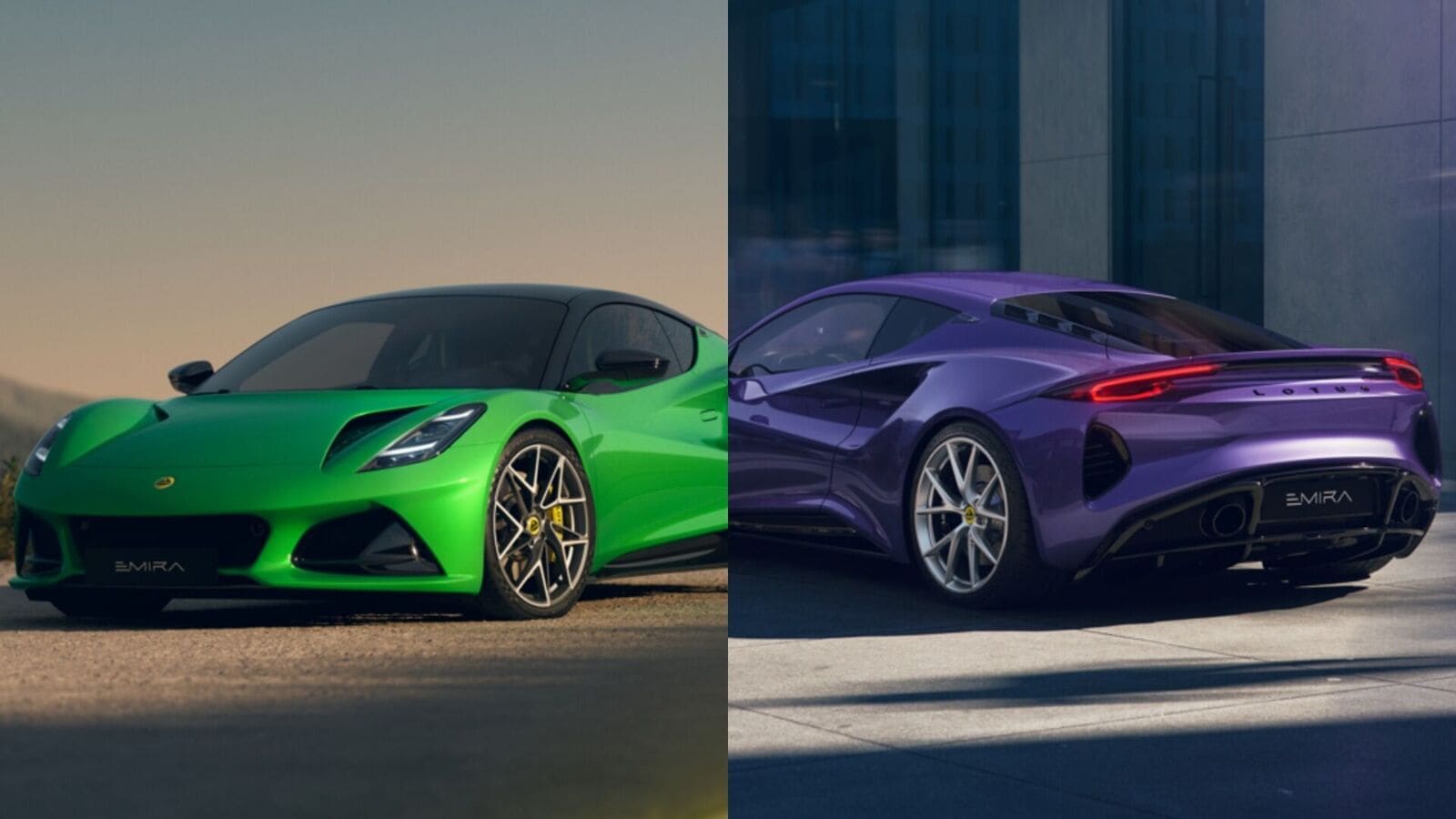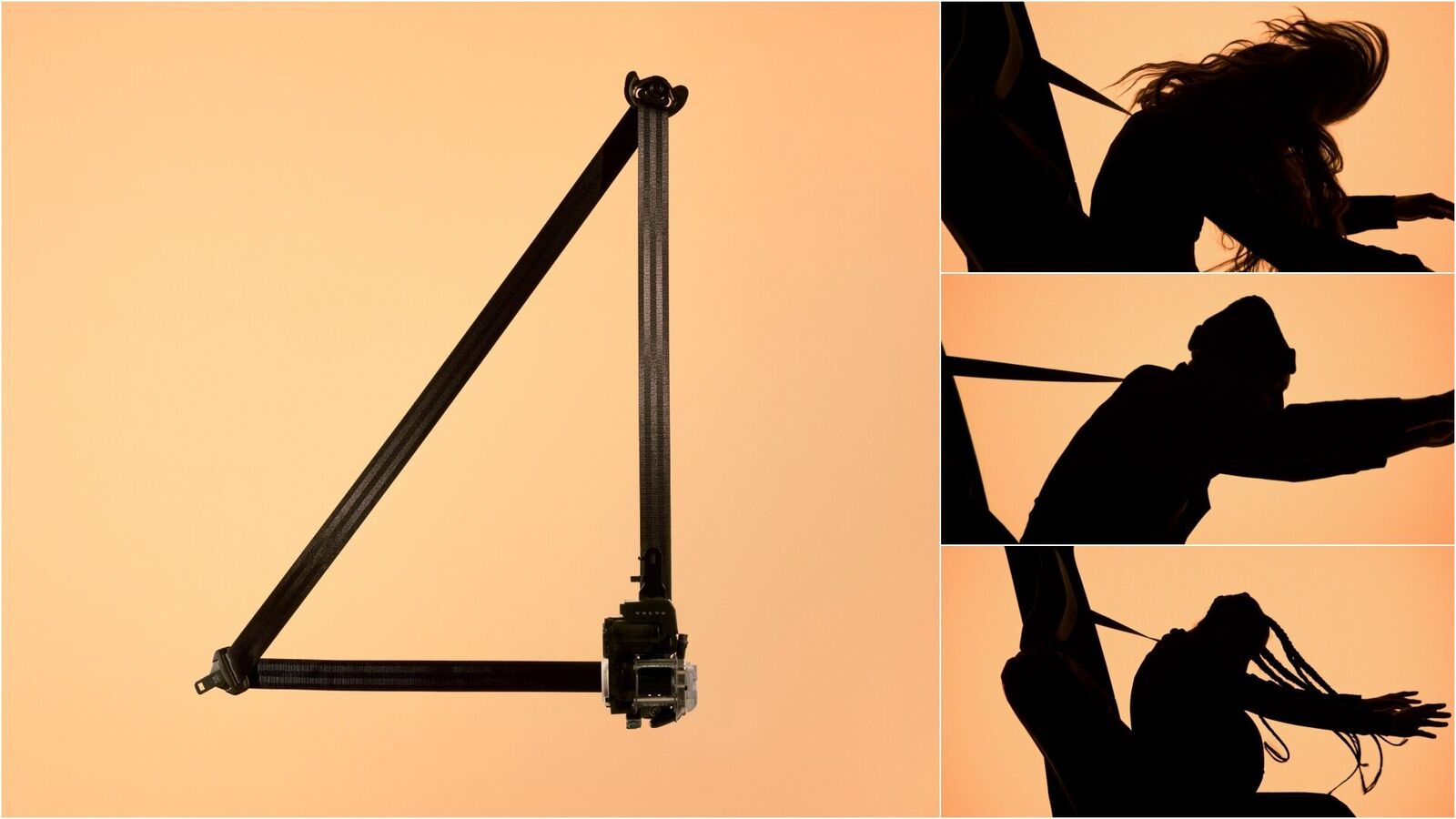The Australian government has announced that it plans to allow EVs in the country to use V2G/bidirectional charging as early as Christmas of this year, right at the start of an Australian summer that promises to be one of the hottest ever.
Australia has been struggling with grid issues for years as climate change continues to get worse, causing hot summers with rampant wildfires and commensurate power outages.
In hot climates and hot seasons, electric grids get stressed both simply from the heat itself and due to higher usage of air conditioning. This can lead to power outages in peak hours, particularly as the sun starts to set (and solar generation goes down) but homes remain hot.
Climate change has only made this problem worse, as hotter days become hotter and more common, especially in hot climates like Australia’s.
Access to rapidly dispatchable grid-tied energy storage can help to mitigate issues like this. The state of South Australia – a world leader in renewables – was an early leader in installing large grid-tied batteries when it built the Hornsdale Power Reserve in 2017 to ensure that renewable power remains stored to be used at dusk on these hot days.
While big, grid-tied batteries are a great answer for immediate power backup, distributed grid storage can also do the job.
We’ve seen this happen in a few places already with the deployment of “virtual power plants” – collections of home batteries connected to the grid and the internet, and able to discharge electricity into the grid at times of high demand.
Homeowners who have home batteries installed can even make money from helping to save the grid. And one of the world’s largest virtual power plants is in South Australia.
But there’s another distributed source of grid-tied batteries that could be tapped: electric vehicles, which are increasingly popular in Australia. And Australia’s government just announced it wants them to start powering the grid as soon as next month.
Australian government announces federal V2G standards to come next month
This weekend at the EV AutoShow in Sydney, Chris Bowen, Australian Minister for Climate Change and Energy, announced that the government is ready to roll out new standards for Vehicle to Grid and Vehicle to Home connections for EVs by Christmas – just a month and a half away from now and at the start of what promises to be another brutally hot Australian summer.
The Labor government had announced it was working on standards earlier this year, and they’re ready to go now.
This would allow EV owners to use their vehicles as home/grid batteries when plugged in at home, and connected to a suitable V2G-enabled charger.
EV batteries are generally much bigger than home batteries, so can presumably offer even bigger benefits to homes and to the grid. However, home batteries are connected constantly, where cars have this pesky habit of driving around sometimes. Nevertheless, in the aggregate, there are plenty of megawatt-hours of EVs connected to the grid at any given time that could be tapped for electricity when needed.
Or at least – some EVs can. Not every EV is bidirectional-capable, and in fact, most EVs at this moment aren’t. While we’re seeing more of them come out with this capability, as of now there are only a few available in Australia that currently have this capability – the venerable Nissan Leaf EV and the Mitsubishi Outlander and Eclipse Cross PHEVs.
But more are coming soon, and thanks to recent moves like Australia’s, or a California law that might require bidirectional capability on future EVs, manufacturers may start taking the promise of a V2G future more seriously now that governments are getting involved.
Electrek’s Take
For us EV nerds, V2G has been a dream for a long time. The idea of instantly fixing any number of grid issues by just flipping a switch and turning on a bunch of internet-capable grid-tied distributed power storage devices is extremely exciting. (true story: Electrek once turned down Margot Robbie for an interview and instead talked to some engineers about V2G for an hour. Yes, really).
Not only that, but we could skip the NIMBYs who get in the way of new grid projects, reward people who are forward-thinking enough to have an EV, make the grid cleaner, all without even needing to do a whole bunch of additional public investment? It’s… utopian.
But, in all likelihood, it will probably still remain a dream for a while. There’s always something that gets in the way.
In this case, it’s the need of homeowners to privately invest in V2G-capable chargers, which generally cost thousands upfront, and can cost even more to get wired into the house and connected to the grid (though this can be recouped with lower electricity bills from selling electricity back to the grid). Hopefully the Australian government’s standards will have some methods to ensure that grid interconnects can be installed quickly and with little cost (this is a problem that comes up a lot in California). And utilities and the government will properly incentivize/publicize how well these programs can work.
And of course there’s the current lack of products that support V2G, which as mentioned above should expand over time.
That said, South Australia has done so well with renewables and battery storage that we feel like they could probably be a leader in this space as well (they’ve already done a V2G pilot after all). And especially now, with the federal government and not just the state government backing V2G, Australia has an opportunity to show the world how well a system like this can work.
And maybe this time, instead of following the US’ example like they did with exhaust rules, Australia can set an example for the US to follow on V2G.
If you *don’t* have a V2G-enabled EV yet, you can limit power outages and make your home more resilient with home solar and a battery storage system. In order to find a trusted, reliable solar installer near you that offers competitive pricing, check out EnergySage, a free service that makes it easy for you to go solar. They have hundreds of pre-vetted solar installers competing for your business, ensuring you get high quality solutions and save 20-30% compared to going it alone. Plus, it’s free to use and you won’t get sales calls until you select an installer and you share your phone number with them.
Your personalized solar quotes are easy to compare online and you’ll get access to unbiased Energy Advisers to help you every step of the way. Get started here. – ad*
FTC: We use income earning auto affiliate links. More.




